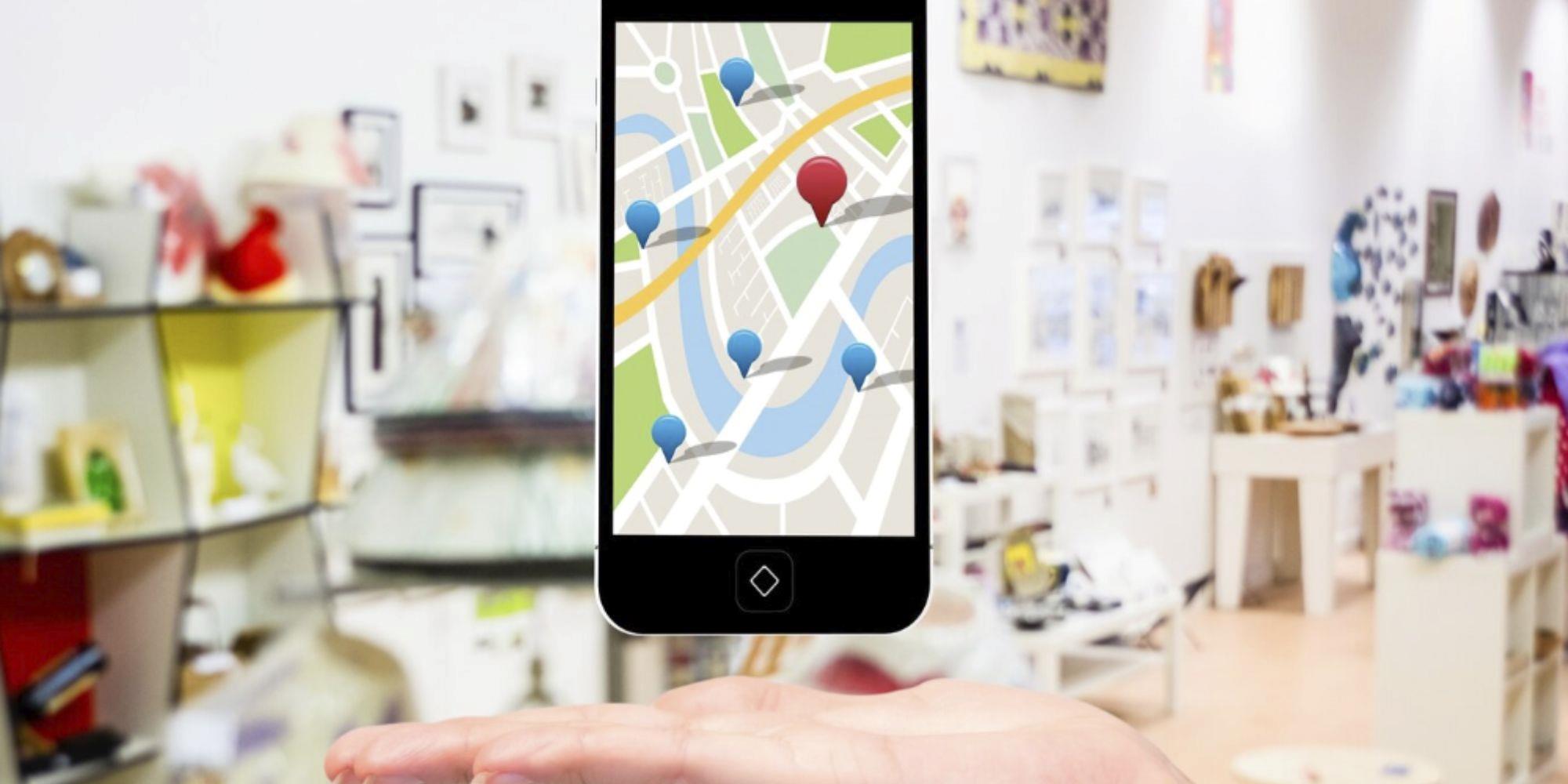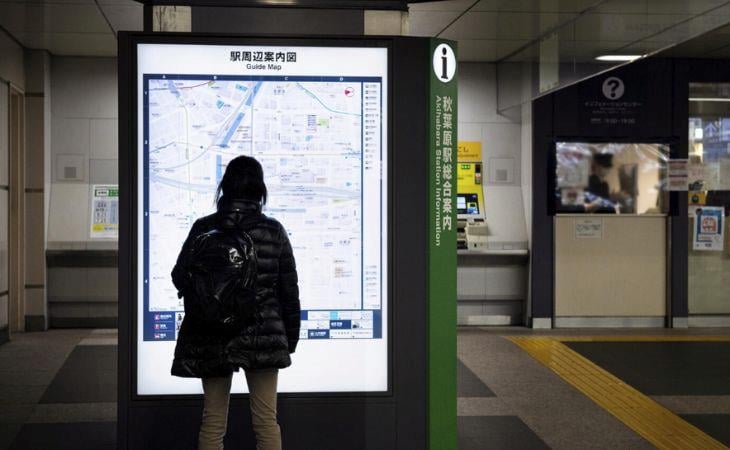
How to Use a Digital Signage Player at Different Locations
The beauty of digital signage lies in its flexibility. You can have not one, not two, but multiple screens in different locations to maximize your reach and communicate your message to a wider audience.
Whether you’re going for a humble 3-screen digital signage network or you’re looking to install a hundred screens across different locations and branches, deploying and managing your content is possible with the right media player and robust software.
Tips for Using Digital Signage at Different Locations
It might seem overwhelming to manage over a hundred or even thousands of digital signage screens in different locations. But it’s not impossible. In fact, it can be just as easy as managing a meager 10 screens in a single establishment, as long as you equip yourself with the right hardware and software.
Here are the most valuable things to consider when setting up a digital signage network across different locations.
Consider Screen Positioning

The first thing to pay attention to is screen positioning. Regardless if you’re adding digital signage to similar locations like a chain of restaurants, or have a unique space for each screen, considering how to position them is of utmost importance.
Ideally, you should set up your screens according to your audience. Ask yourself who you’re trying to reach, where they are, and when they’re present. This will easily tell you where your screens should be placed for maximum visibility.
In addition, a couple more factors come into play, including the distance of the screen from the reader, readability, lighting, etc.
Choose Consistent Hardware
The next order of business is choosing your hardware, which comprises your digital signage displays and media player. The goal is to evaluate your options and pick hardware that can meet your needs and requirements and can be scaled with your business.
Displays

When it comes to digital signage screens, your options are vast. You can either repurpose a TV to work as digital signage or invest in a professional display. Should you choose the former, you’ll need a smart TV capable of running digital signage software.
The benefit of this is a smart TV will not need other hardware, such as a media player, to display content. This saves you hardware costs, but also limits you when it comes to size, installation, and interactivity.
If that’s a deal breaker for you, then you should opt for a professional screen designed for digital signage. Most models in the market today come with a range of features that allow you to maximize your digital signage, such as touch-screen capabilities and integrated sensors.
Media Player
While a smart TV allows you to do away with a media player, we recommend having this additional hardware if you’re rolling out a large fleet of digital signage displays in various locations.
As long as you choose the right media player, you can enjoy scalability benefits. You just have to connect all your screens to your media player and you’ll be able to manage the content in all of them remotely.
For easy management and support for your digital signage hardware, you can subscribe to the Rise Vision Media Player Hardware as a Service. A white glove service, you get a subscription media player with complete hardware management from Rise Vision, reducing the need for an IT team to manage your displays.
The media player has a plug-and-play setup — just connect it to your displays, Internet, and Rise Vision software, and you’re ready to broadcast your content!
Invest in the Right CMS
Once you’ve got your hardware down to a T, the next thing you’ll need is the right software or content management solution (CMS). Your CMS serves as the backbone of your digital signage network, so you need to choose one that is easy to use, flexible, scalable, and can be integrated with your hardware.
We recommend choosing a cloud-based CMS that allows you to create dynamic content and deploy it to multiple screens smoothly. When assessing your options, ask, yourself these questions to help you find the right CMS:
- Is it easy to use?
- Is it flexible enough to easily accommodate different media types?
- Does it allow you to create and deploy dynamic content?
- Can it scale with your digital signage network?
- Does it allow you to add users and devices easily?
- Can it be integrated into your existing hardware?
Coordinate Installations
Coordinating your installations allows you to manage all your screens effectively. This requires you to have a plan for how to roll out and control your displays in each location. You have two options for this — either install your digital signage network in phases or upgrade the displays one at a time.
The former enables you to add hardware and software to each display consistently. The latter breaks down the task, but when doing this, you need to make sure there isn’t a huge gap between installations to maintain consistency.
Create Relevant Content for Each Location

While you can definitely deploy the same content on all your screens across different locations, you’ll be able to maximize your displays more if you build location-specific content. Tailoring your content for each screen allows you to fit the needs and interests of each location.
An installation in a shopping mall, for example, will require more impressive and unique content that can capture the attention of busy shoppers. On the other hand, digital signage content in-store should be more tailored for a buyer ready to make a purchase.
In short, how and what you communicate to your audience will be different depending on where the screen is located. So you need to curate relevant content for each of your digital signage screens. To do that, ask yourself:
- What type of content will be most effective in this location?
- What is the audience traffic like in this location?
- What does the audience want to see in this location?
- What is the goal of this type of content?
Schedule Content Updates
It’s easy for content to go stale when you’re managing multiple screens. But you need to keep your content updated and fresh for it to be effective. Depending on your goals and audience, you may need to update your content daily, weekly, or even multiple times a day.
Your software or CMS solution will play an important role here. Make sure it allows you to schedule a stream of fresh content to go live in your displays.
Maintain the Digital Signage System
When you have a hundred displays, it becomes harder to keep track of each one and ensure they’re working correctly. So you need to be on top of your digital signage maintenance.
A powerful software can help you avoid blank screens or errors in your display. There are solutions that send you alerts if a screen becomes disconnected or encounters an issue. This usually comes with a feature allowing you to fix the problem remotely.
Control Your Digital Signage Locations with Rise Vision
For easy management and communication in multiple digital signage screens, you need a powerful and robust software solution. Rise Vision is the number one cloud digital signage software that works with any media player on multiple digital signage screens.
Our easy-to-use solution provides you with all the features you need to control your displays, communicate your message, and effectively deploy your multi-screen digital signage network. Give Rise Vision's free cloud based digital signage software a try today.
More From Our Blog
-

How to Use PowerPoint for Digital Signage
To create stunning, attention-grabbing, and effective digital signage content, you need the help of content creation and presentation tools. One of the most popular is Microsoft PowerPoint, owing to[…]
Read More -

120 Digital Signage Content Ideas
So…. you decided you would invest in some digital signage software and you need some ideas for ways you can make it stand out. This article is your go-to source for the best digital signage content[…]
Read More -

2025 Digital Signage Benefits and Statistics
The digital signage industry has been growing steadily for years now, and it shows no signs of stopping anytime soon. Businesses all over the world are investing in digital signage systems, be it for[…]
Read More
Keep Your Displays Interesting – Pick New Templates Every Week!
Every week, we send template recommendations that will make you look great and improve your audience experience. And the best part, they save up to 16 hours of content creation time every week!
12,300+ Organizations Trust Rise Vision, You Can Too
Schedule a Free Demo
You deserve the #1 all-in-one platform for digital signage, screen sharing, and emergency alerts.



































